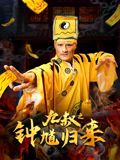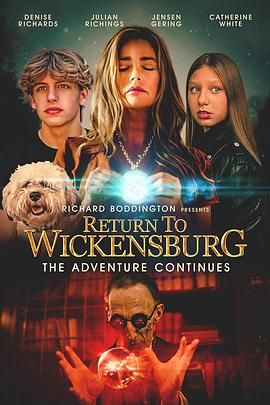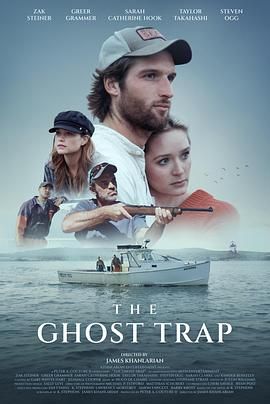- 正在播放《镜子的另一面:纽波特民歌艺术节1963~1965》HD - 天空M3U8
- 提醒不要轻易相信视频中的任何广告,谨防上当受骗
- 技巧如遇视频无法播放或加载速度慢,可尝试切换播放节点或者切换解析
- 收藏原来神马影院网址:www.jhxsjjd.com / www.jhxsjjd.com ,记得收藏哟~
剧情:
"Bob Dylan going electric" at the 1965 Newport Folk Festival is one of those epochal moments in rock history that seemingly everyone has heard about, but what few people seem to know is that it wasn't some ephemeral event that we only know from word of mouth -- filmmaker Murray Lerner documented the performances at the Newport Festival for several years running, and The Other Side of the Mirror collects footage from the three years Dylan appeared at the celebrated folk gathering, allowing us to see Dylan's rise through the folk scene for ourselves. Watching Lerner's documentary, what's most remarkable is how much Dylan changed over the course of 36 months; the young folkie performing at the afternoon "workshop" at the side of Joan Baez in 1963 is at once nervy and hesitant, singing his wordy tunes while chopping away at his acoustic guitar and energizing the crowd without seeming to know just what he's doing. In 1964, Dylan all but owns Newport, and he clearly knows it; he's the talk of the Festival, with Baez and Johnny Cash singing his praises (and his songs), and his command of the stage is visibly stronger and more confident while his new material (including "Mr. Tambourine Man" and "It Ain't Me, Babe") sees him moving away from the "protest songs" that first made his name. When the audience demands an encore after Dylan's evening set (Odetta and Dave Van Ronk were scheduled to follow him), Peter Yarrow tries to keep the show moving along while Dylan beams at the crowd's adulation, like the rock star he was quickly becoming. By the time the 1965 Newport Festival rolled around, Dylan's epochal "Like a Rolling Stone" was starting to scale the singles charts, and the hardcore folk audience was clearly of two minds about his popular (and populist) success. When Dylan, Fender Stratocaster in hand, performs "Maggie's Farm" backed by Al Kooper, Mike Bloomfield and the rhythm section from the Paul Butterfield Blues Band, the raucous but hard-driving number inspires a curious mixture of enthusiastic cheering and equally emphatic booing, and while legend has it that the version of "Like a Rolling Stone" that followed was a shambles, the song cooks despite drummer Sam Lay's difficulty in finding the groove, though if anything the division of the crowd's loyalties is even stronger afterward. After these two numbers, Dylan and his band leave the stage, with Yarrow (once again serving as MC) citing technical problems (if Pete Seeger really pulled the power on Dylan, as legend has it, there's no sign of it here); Dylan returns to the stage with an acoustic six-string to sing "Mr. Tambourine Man" and "It's All Over Now, Baby Blue" before vanishing into the night without comment. While much of the audience at Newport in 1965 wanted the "old" Dylan back, his strong, willful performances even on the acoustic stuff makes it obvious that the scrappy semi-amateur we saw at the beginning of the movie was gone forever, and the ovations suggest more than a few people wanted to see Dylan rock. Lerner's film tells us a certain amount of what we already knows, but it gently debunks a few myths about Dylan during this pivotal moment in his career, and his performances are committed and forceful throughout; no matter how many times you've read about Dylan's Newport shoot-out of 1965, seeing it is a revelatory experience, and Lerner has assembled this archival material with intelligence and taste. This is must-see viewing for anyone interested in Dylan or the folk scene of the '60s.
收起
【正片】
官网同步更新,若有延迟请稍作休息再看看
官网同步更新,若有延迟请稍作休息再看看
【正片】
官网同步更新,若有延迟请稍作休息再看看
官网同步更新,若有延迟请稍作休息再看看
【正片】
官网同步更新,若有延迟请稍作休息再看看
官网同步更新,若有延迟请稍作休息再看看
【正片】
官网同步更新,若有延迟请稍作休息再看看
官网同步更新,若有延迟请稍作休息再看看
相关影片
2025
剧情片
中国大陆 / 中国香港
更新HD
2025
剧情片
美国
朱丽安·摩尔 西德尼·斯维尼 凯尔·麦克拉克伦 多姆纳尔·格里森 费奥纳·肖 瑞贝卡·克雷斯科夫 威尔·菲茨 艾德蒙·多诺文 奥黛丽·格蕾丝·马歇尔 Jared Canfield Merritt Janson 卢西亚娜·凡德特 布莱恩·伯顿 基莎巴尔 Katya Campbell Taylor Nicole Kaplan 艾文·坎保 Stella Chivee Max Ryan Burach Whidbey
讲述女子凯特·加勒特因个人悲剧而摇摇欲坠,她在与世隔绝、风景如画的回声谷农场寄宿并训练马匹。一天深夜,她任性不羁的女儿克莱尔出现在家门口,惊恐颤抖、身上沾满了别人的血。一个母亲为了救她的孩子要付出多少
正片
2024
剧情片
泰国
正片
2025
剧情片
中国大陆
正片
2025
剧情片
美国
正片
2025
剧情片
泰国
正片
2024
剧情片
日本
正片
2024
剧情片
日本
正片
2025
剧情片
墨西哥
更新HD
2013
剧情片
英国
更新HD
2014
剧情片
法国,比利时
更新HD
2007
剧情片
英国,爱尔兰
更新HD
2002
剧情片
美国
更新HD
2020
剧情片
英国
更新HD
















